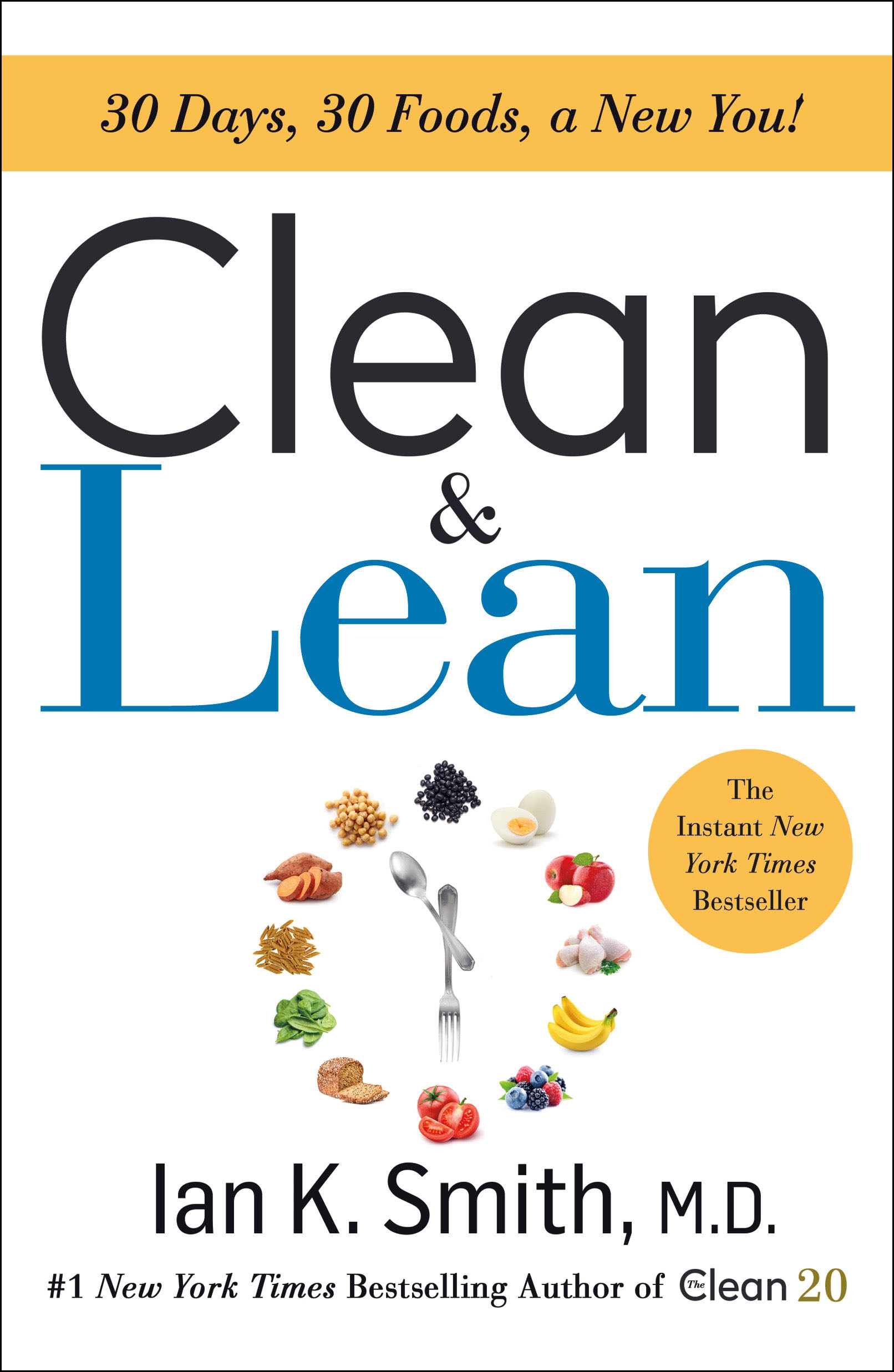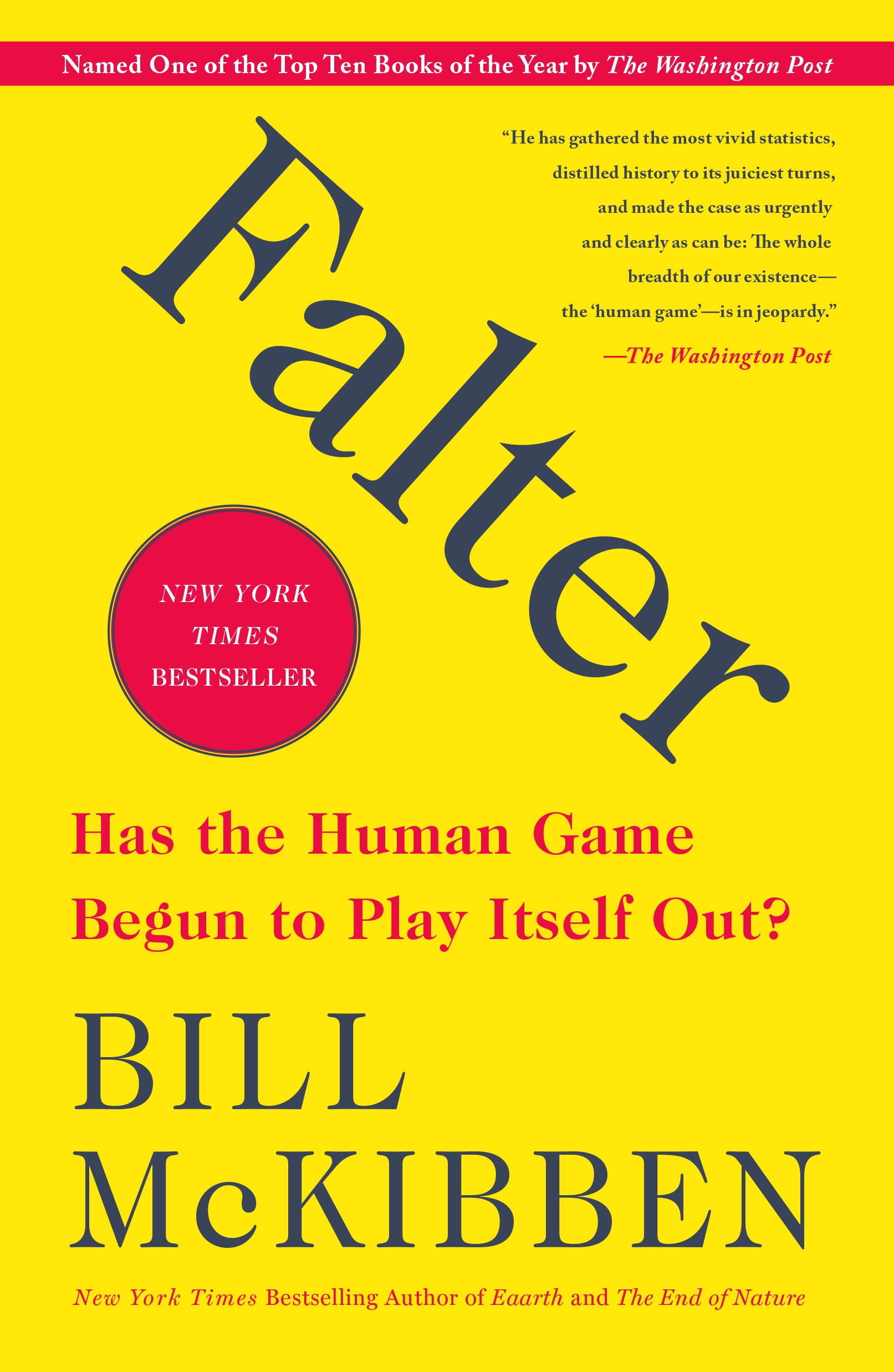Obesity, Vol. 1: The Tools Used To Define Obesity Including Body Mass Index (bmi), Waist-hip Ratio (whr), And Body F
by Dakota Stevens
2021-01-12 11:55:12
Obesity, Vol. 1: The Tools Used To Define Obesity Including Body Mass Index (bmi), Waist-hip Ratio (whr), And Body F
by Dakota Stevens
2021-01-12 11:55:12
Please note that the content of this book primarily consists of articles available from Wikipedia or other free sources online. Obesity is a medical condition in which excess body fat has accumulated to the extent that it may have an adverse effect o...
Read more
Please note that the content of this book primarily consists of articles available from Wikipedia or other free sources online. Obesity is a medical condition in which excess body fat has accumulated to the extent that it may have an adverse effect on health, leading to reduced life expectancy and/or increased health problems. Body mass index (BMI), a measurement which compares weight and height, defines people as overweight (pre-obese) when their BMI is between 25 kg/m2 and 30 kg/m2, and obese when it is greater than 30 kg/m2. Obesity is defined by body mass index (BMI) and further evaluated in terms of fat distribution via the waist-hip ratio and total cardiovascular risk factors. BMI is closely related to both percentage body fat and total body fat. Project Webster represents a new publishing paradigm, allowing disparate content sources to be curated into cohesive, relevant, and informative books. To date, this content has been curated from Wikipedia articles and images under Creative Commons licensing, although as Project Webster continues to increase in scope and dimension, more licensed and public domain content is being added. We believe books such as this represent a new and exciting lexicon in the sharing of human knowledge.
Less






























